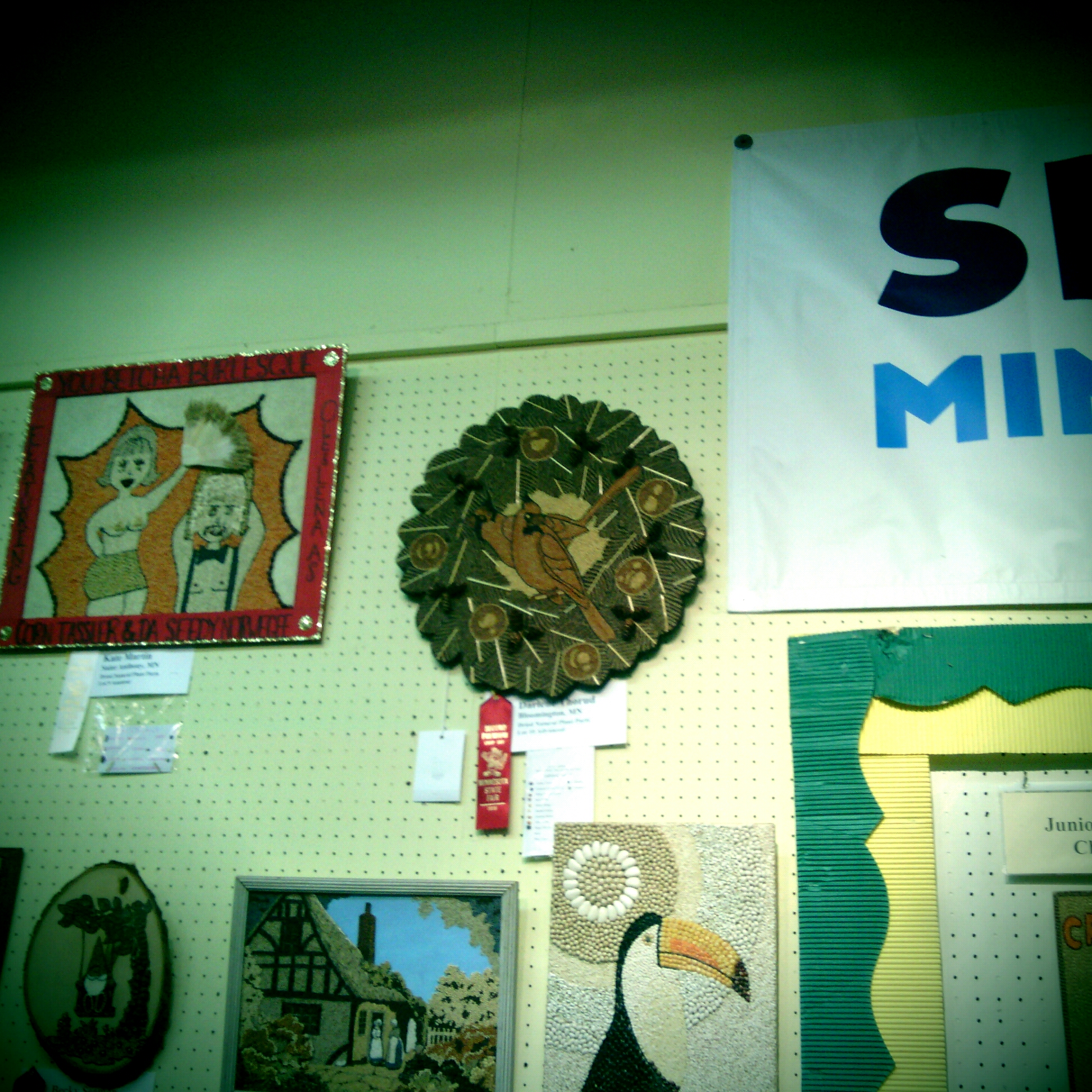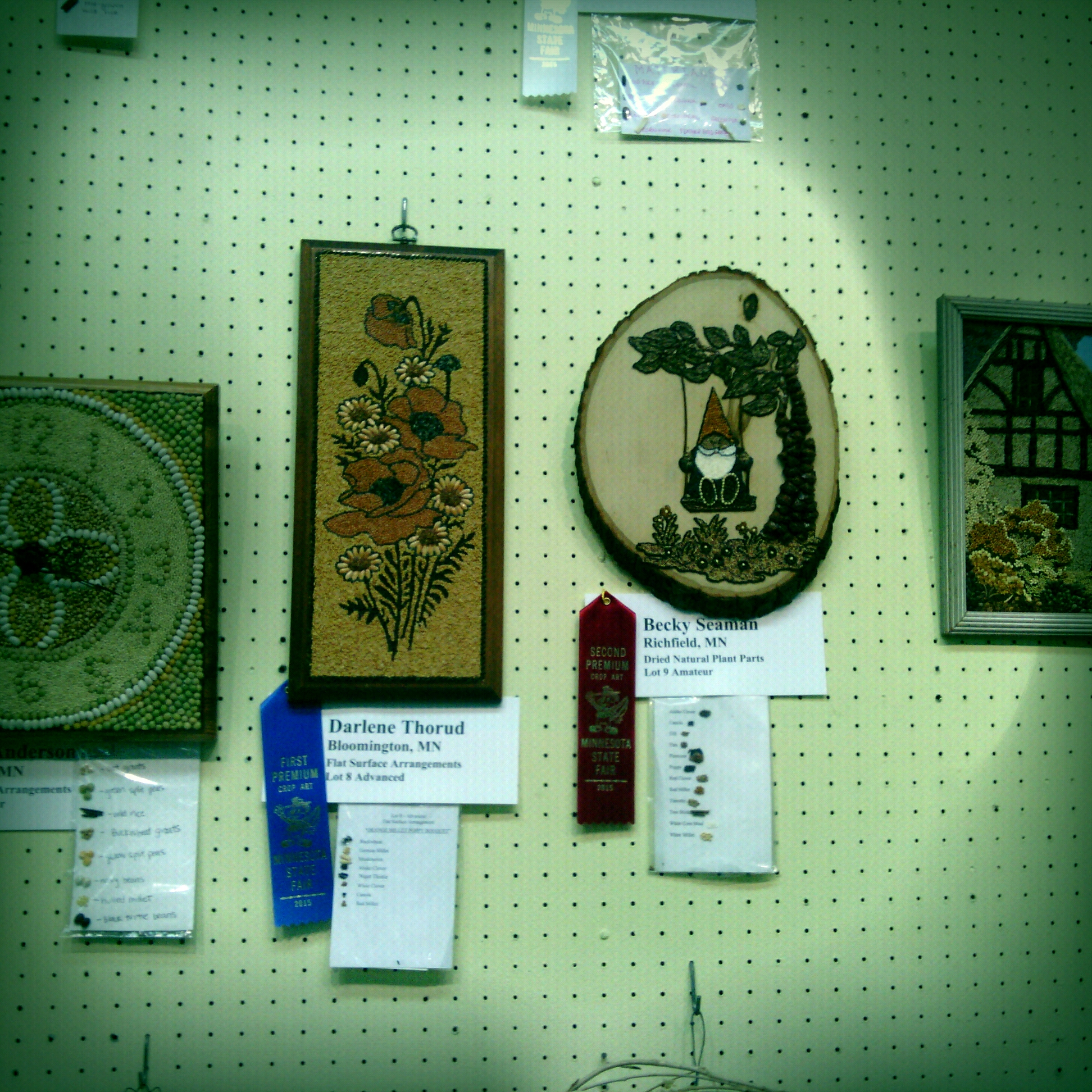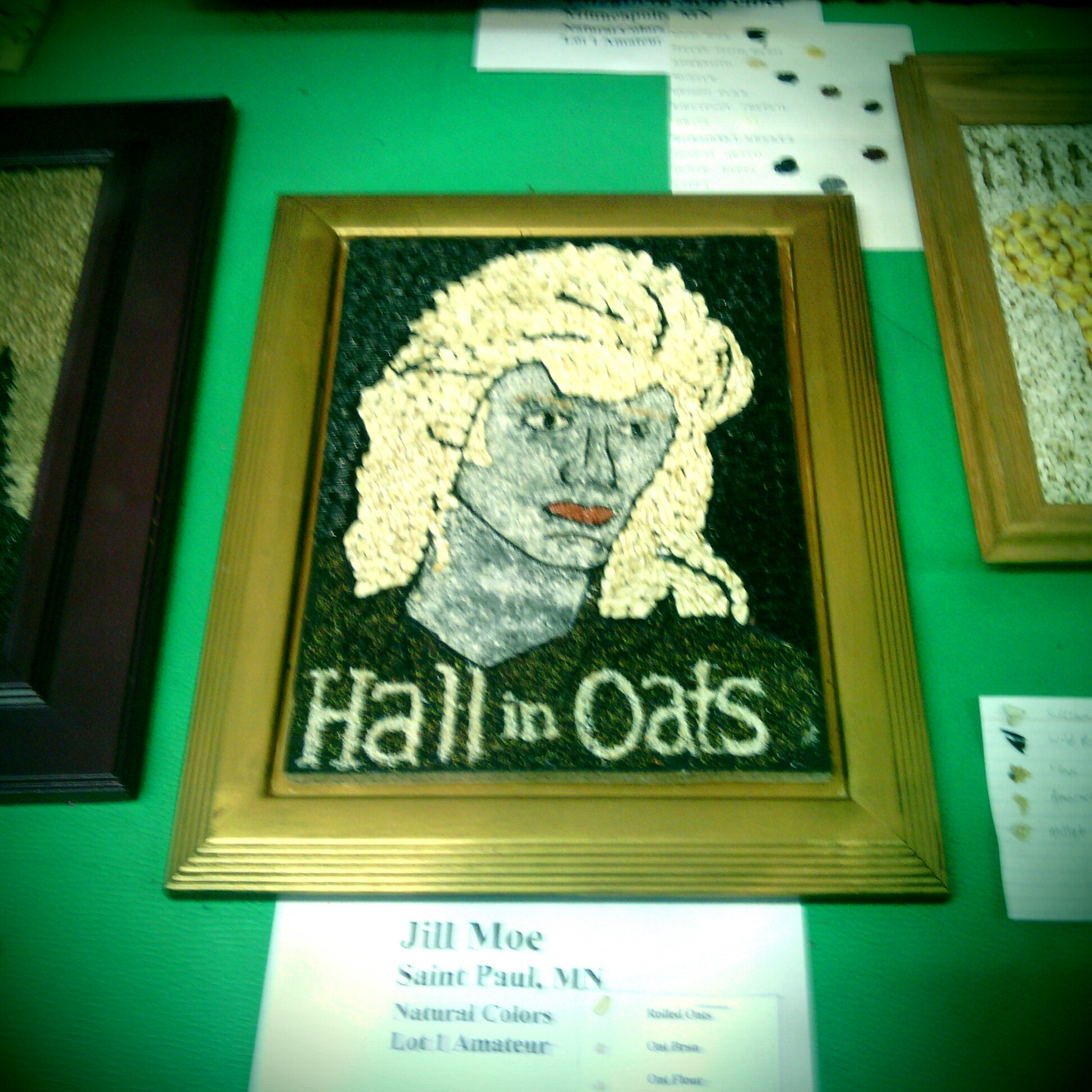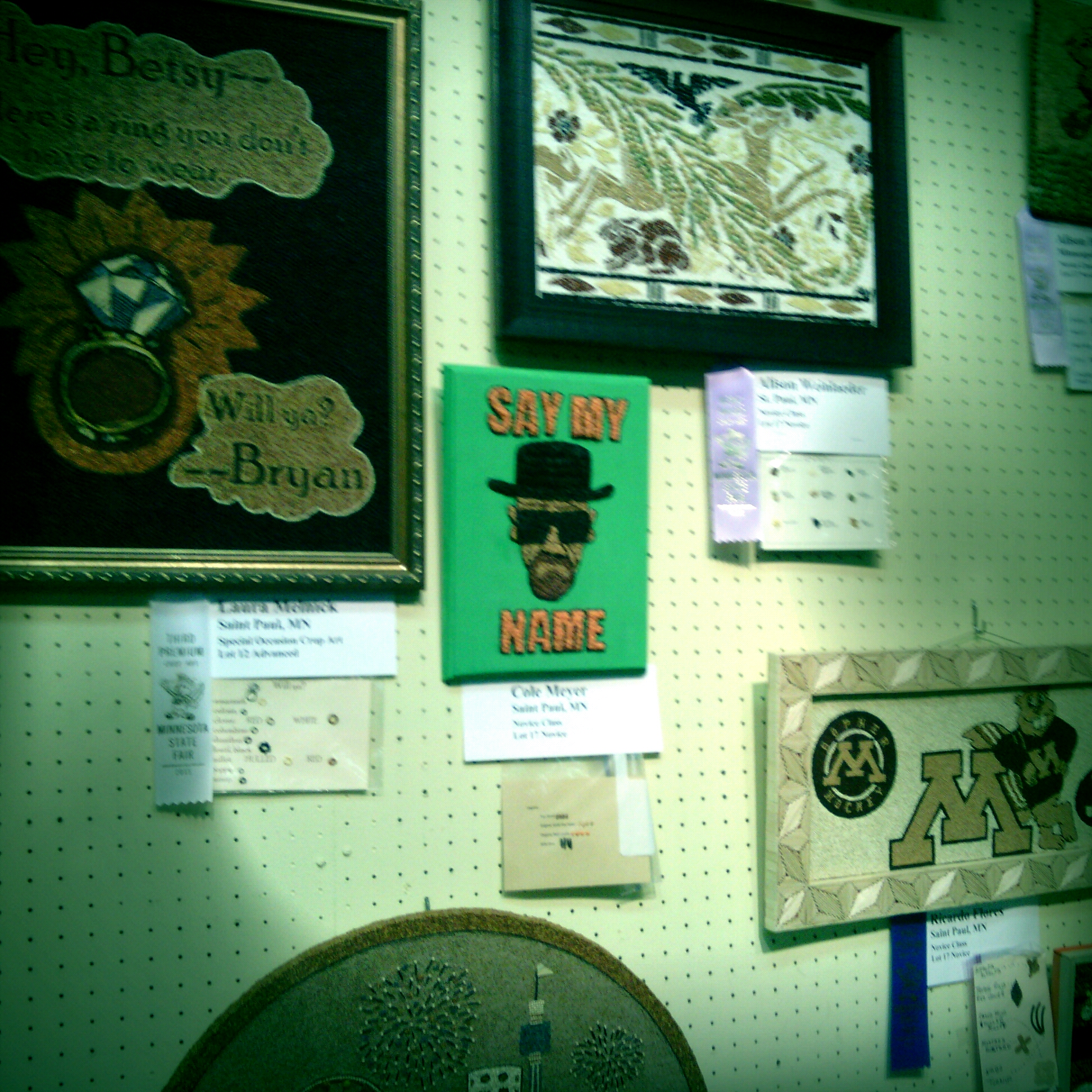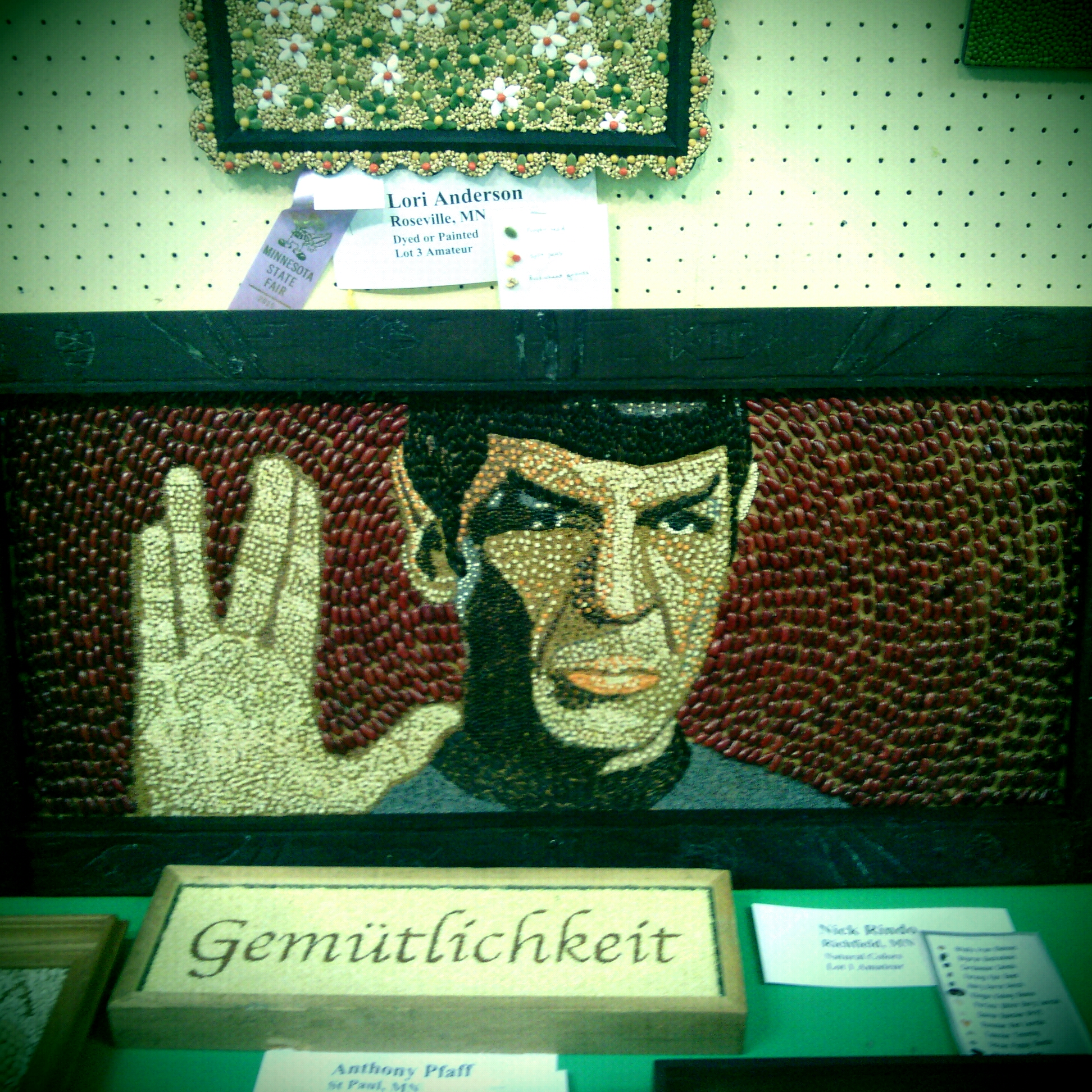The Music of Slow Boil Rising: The Future Sound of London and Spaghetti Westerns
In the year 0039, the world of Slow Boil Rising is firmly planted competing worlds. This is the case both in terms of time and setting.
In terms of time, 0039 is a nightmarish future with all sorts of gadgetry that does not presently exist. On the other hand, this environment is grounded in what we have today.
We have armored vehicles, but powered by fuel cells. We have jet-engine combat aircraft, but flown entirely by computer and armed with air-to-air lasers. We also have ubiquitous unmanned drones scouring the countryside to feed targeting information back to command centers while people listen to cheesy pop music about getting high in the club. (Okay, maybe that last sentence perfectly describes 2016 too.)
In terms of setting, Slow Boil Rising winds through the Unified Society of America, which is starkly divided between the Designated Habitation Zones (DHZs) and the Uninhabited Zones. Legally, the only places in which people are allowed to live are in the Urban DHZs or designated communal farms. Tall razor-wired fences separate DHZ inhabitants from the places they are not supposed to go, and proper security clearances are needed to travel beyond the zones without an entry/exit visa. DHZ dwellers believe the fences are there to protect them from the savage “Intolerants” who live out in the countryside.
Antiseptic, totalitarian, overdeveloped, and cold are the concepts that come to mind when I write plotlines set within the DHZs.
In contrast, the Uninhabited Zones have a much more post-apocalyptic feel to them. After all, the Uninhabited Zones were officially depopulated and abandoned, returning them to a state of nature.
Here is how it went down according to First Sergeant First Class Hamilton:
… The problem of infrastructure continued to plague the Department of the Internet. This problem came to an end after the Broadband Affordability and Availability Act of zero zero thirty, affectionately known as the BAAA. Subparagraph two hundred and nineteen of the BAAA required all persons in the U.S. who lived in communities of less than two hundred thousand people to relocate to urban centers or designated U.S. farms, where they would have greater access to the services our government provides to them free of charge.
Long story short, anyone who refused to leave their home and report to a DHZ was declared to be an “Intolerant,” or an outlaw. Eventually, a rebellion developed and the countryside turned into a battlegrounds. Small towns were either abandoned to nature and overrun with feral chickens or they were destroyed by the central government through brutal bombing campaigns. As a result, the countryside feels like Mad Max meets High Plains Drifter in my mind.
It is a bit of a challenge to switch between the competing settings of urban dystopia and rural post-apocalyptica. But that is where my favorite tool comes into play: music.
I’ve said it before, and I will say it again. Music and writing are completely intertwined for me. And I’ll share a hodgepodge of tunes that help me switch from urban dystopia to post-apocalyptic countryside.
Rural Post-Apocalyptica
First off, we’ve got the tried and true Spaghetti Western music from the ‘60s and ‘70s courtesy of Italian film composers who did a marvelous job capturing the grit and feel of the Great Not East (as it is referred to by DHZ dwellers). I geek out go into more detail about my feelings for Spaghetti Westerns in an older post here.
But for juxtapositional purposes, I will share a couple of my favorite tunes. Here is “Fuga Dall'Ovest” by Bruno Nicolai, from the soundtrack to Corri Uomo, Corri (Run, Man, Run). My favorite part of this track is the changeover that happens about 90 seconds in. So stick with this one:


















